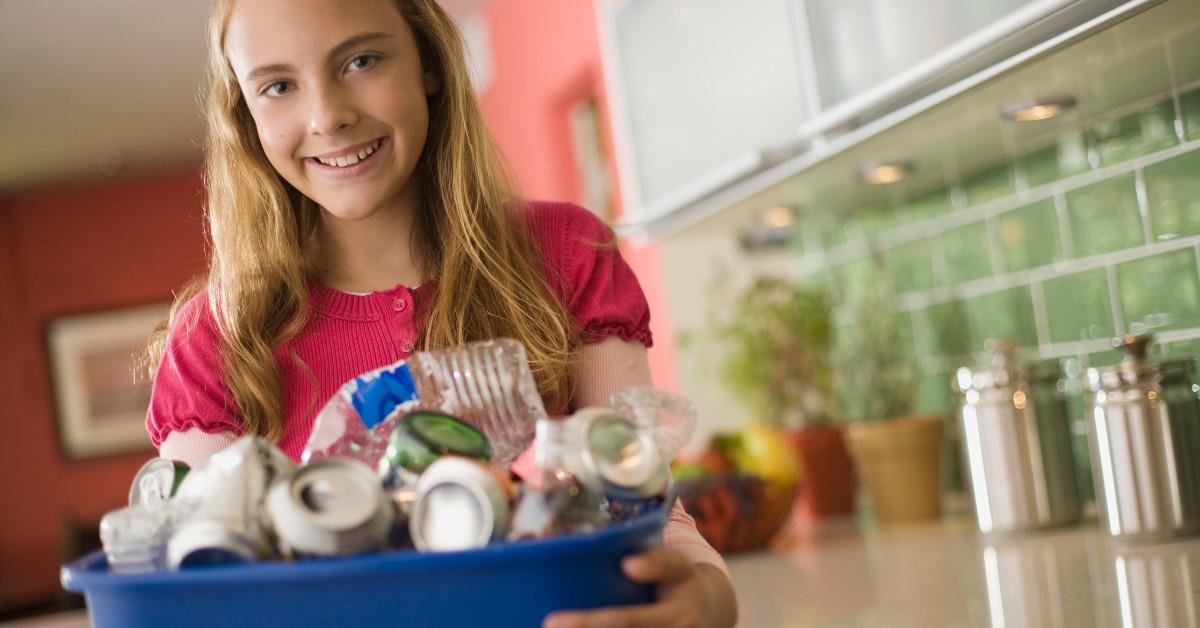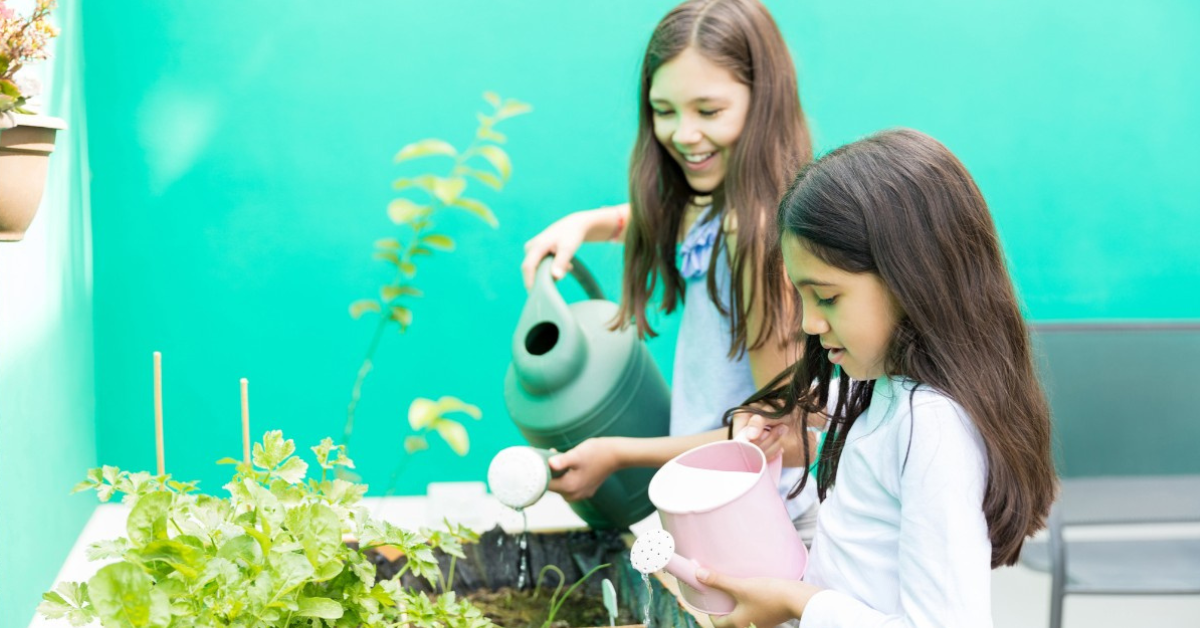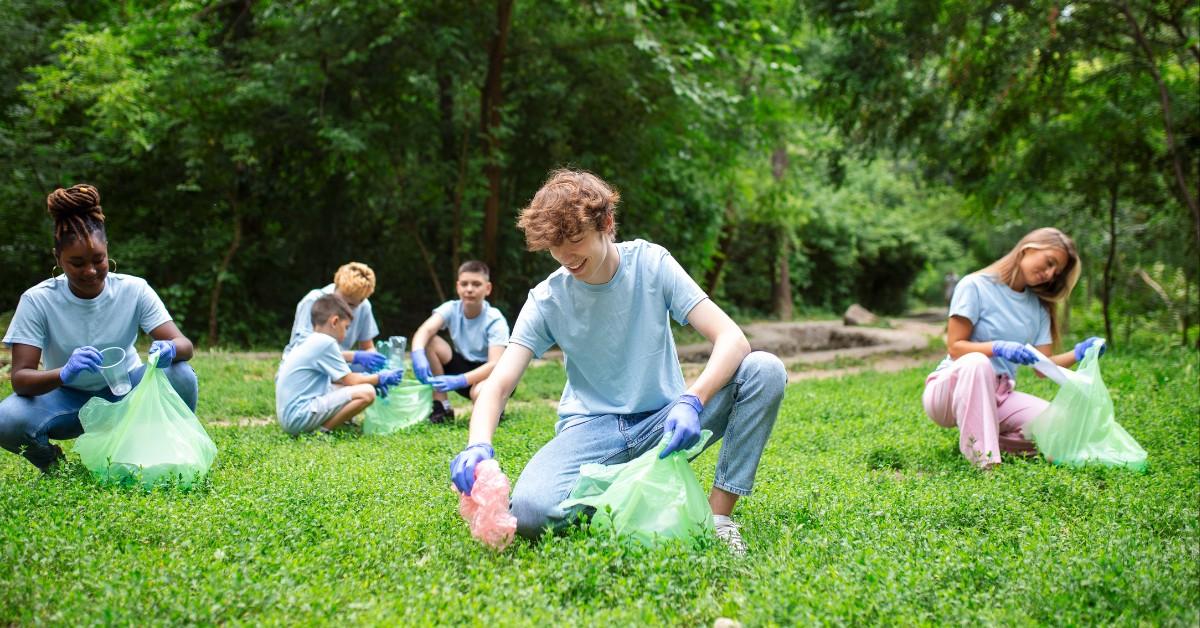6 Fun and Educational Earth Day Activities for Middle and High School Students
Kids learn more from hands-on experiences!
Published April 15 2024, 3:12 p.m. ET

Earth Day is an annual celebration that inspires many people to stop and reflect on how much of an impact their day-to-day lifestyle has on the planet. And while it may be hard for younger children like preschoolers to really understand what it means to live more sustainably, tweens and teens are the perfect age to appreciate the difference that even some of the smallest changes can make.
That's what makes Earth Day a great opportunity to teach your middle and high school aged kids about their relationship with the environment through fun and impactful activities. Whether you're a parent or teacher, take a look at this list of six Earth Day project ideas and see if you can find something that your older kids may enjoy doing!
Track the amount of trash you create.

When it comes to figuring out which age group produces the most waste, younger kiddos normally hold the title thanks to all the diapers and wipes, but that doesn't mean that teens aren't running up a trash tally, too. The Suburban Science blog says that having kids record or collect each single-use item they go through during the week could be a fantastic way to teach them about data collection, math, and personal responsibility!
Use a writing prompt to connect with the environment.

Giving teens or tweens a writing prompt can inspire them to look at things they take for granted in a whole new way. Consider asking your students to write about changes they'd like to see within their own community, have them make suggestions about what people can do on a larger scale to combat climate change, or have them get creative and invite them to compose music, poems, or even an original story about nature!
Build a community garden.

Try getting your teens to start a community garden — or even just a small gardening project — either at home or with friends at their school.
Not only can this teach them about collaborating with others, it may also help them to better understand the connection between the things we eat and the environment!
Help them plan an environmental debate.

The "why" phase may be over, but teens do love to ask questions and argue for what they believe in. And, while those points may normally be about extending curfew or hanging out with friends on a school night, having them practice their debate skills on one another may be a great way to have them learn more about the environment. Who knows, you may inspire one of your students to become the next Greta Thunberg simply by introducing them to the art form. Every activist starts somewhere!
Schedule a community cleanup.

Inspire your kids to think globally but act locally by scheduling a community cleanup. Whether they want to set something super informal up with a few friends, or spread the word at school so that everyone shows up to a designated area to start cleaning on Earth Day, getting people out together and picking trash can be a great way to not only clean up the neighborhood, but to prompt them to think about what happens to their trash after it's gone.
Teach them about invasive species.

Between invasive bugs like the spotted lantern fly, to plants like Kudzu that are choking out native forests, there are a lot of species that have been introduced into environments where they don't belong. Showing your students what these invasive species look like, while explaining the impact their presence has in your local environment, can teach them so much about how things both big and small work together in harmony.
Not only that, it may help to teach the next generation the dangers of gardening with plants that aren't beneficial to your region, creating a whole new generation of native gardeners who know to shop local when it comes time to add flowers to their yards!